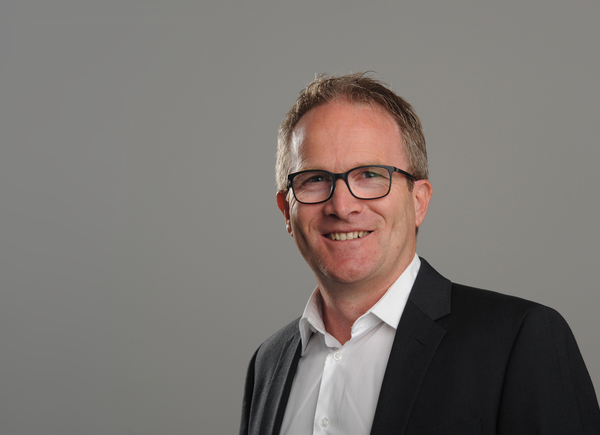
In a large-scale project funded by the German Research Foundation (DFG), the potential and intensity of Roman sea trade are to be investigated with special emphasis on the performance of a reconstructed seagoing merchant ship.
Since the beginning of May 2017, a replica of a Roman merchant ship of the type "Laurons 2" has been under construction on the East visitor’s car park of the University of Trier. This is a sailing ship that probably fell victim to a storm and sank in a small port on the southern French coast near Marseille at the end of the 3rd century AD.
The reconstruction of a Roman merchant ship must be based on a specific ship find, because reliefs, coins, written sources, etc. offer so little information on the construction of such ships that the necessary attention to detail can only be guaranteed by resorting to a well-preserved wreck like "Laurons 2".
From the outset, the project was planned as a cooperation project between the University (Prof. Dr. Christoph Schäfer) and the University of Applied Sciences (Akad. Rat Michael Hoffmann). Because of this and in view of the cooperation with institutions and companies in Trier and the region, it is also an outstanding example of the Trier Science Alliance.
The focus is on research into the possibilities and limitations of digital 3D reconstruction, the use of virtual simulation models, the use of 3D printing technologies and the latest Virtual Reality (VR) technologies in conjunction with experimental archaeology.
The latest technologies from virtual and augmented reality are used. The true-to-scale visualization of the 3D data prior to construction and an overlay of the real ship during construction progress as well as after completion allows the viewer to get much more realistic impressions through the data glasses (Head Mounted Displays). The information content of virtual or augmented based projections thus enormously expands the possibilities of presentation compared to paper, screen or models.
Ultimately - by comparing the virtual data with the values actually measured on the 1:1 reconstruction during test runs - it is necessary to sound out to what extent it will be possible to determine the data of historical sailing ships purely virtually in the future.
| Consortium | University of Trier (Department III, Ancient History), Trier University of Applied Sciences |
| Duration | 2015-2019 |
| Funded by | German Research Foundation (DFG) |
| Funding amount | 310,000 €, Trier University of Applied Sciences share: 25,000 € |

You are leaving the official website of Trier University of Applied Sciences